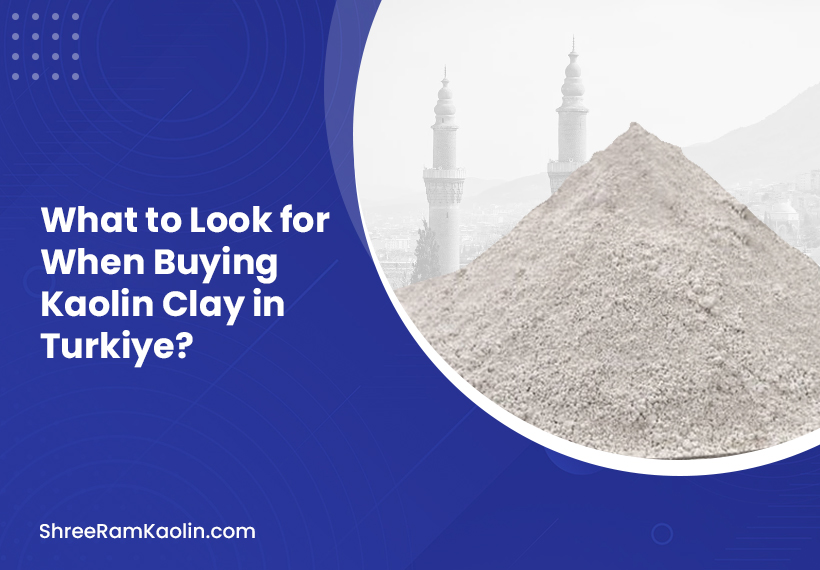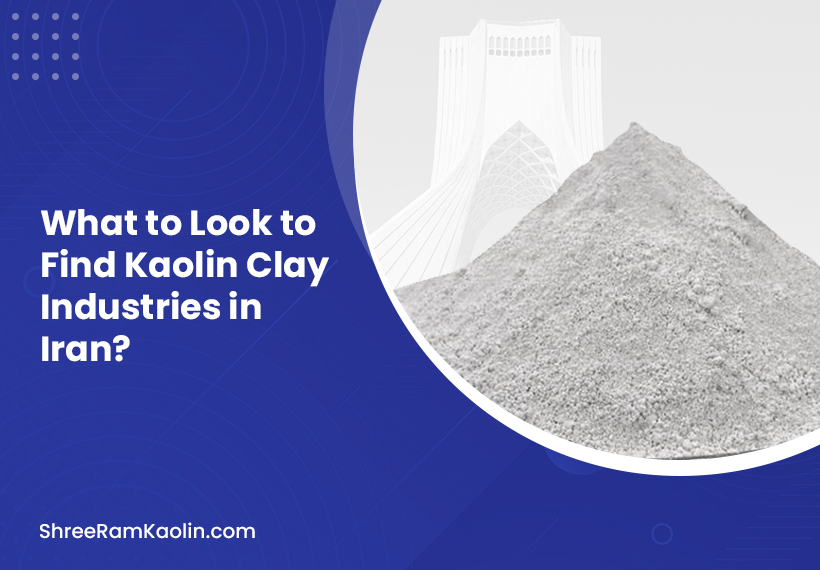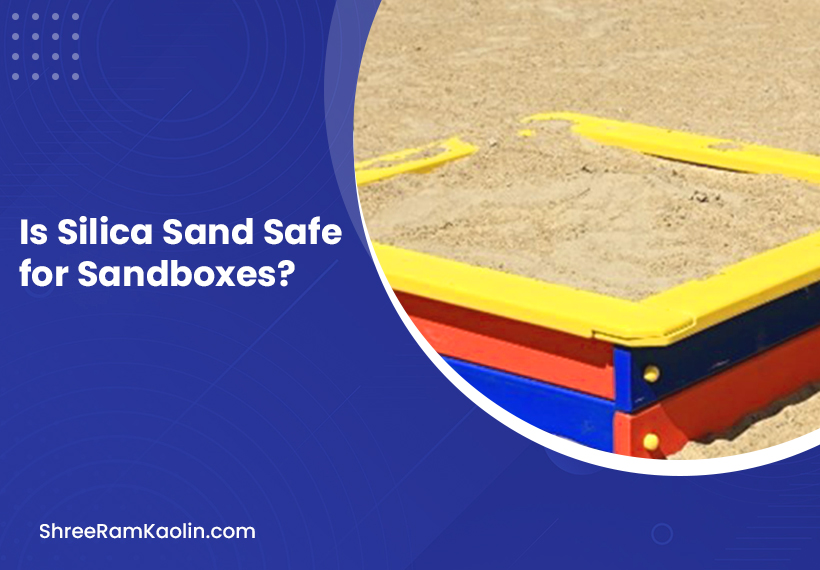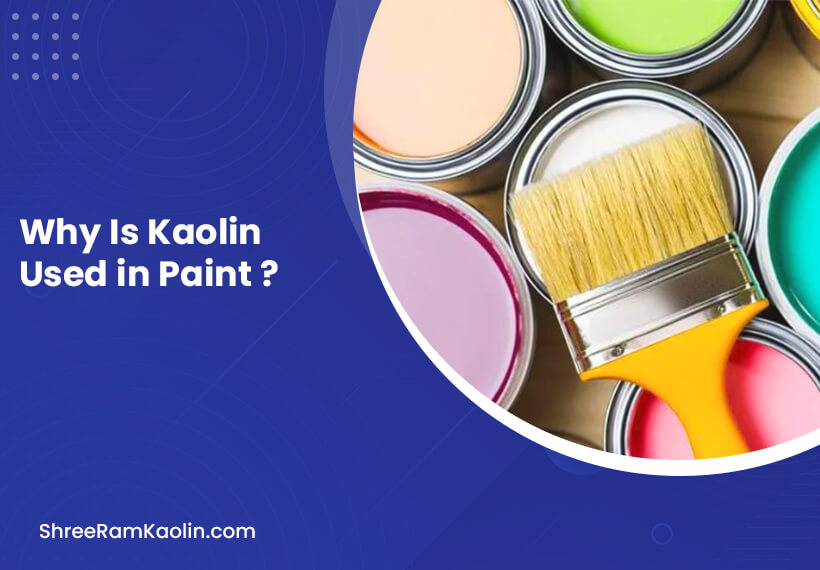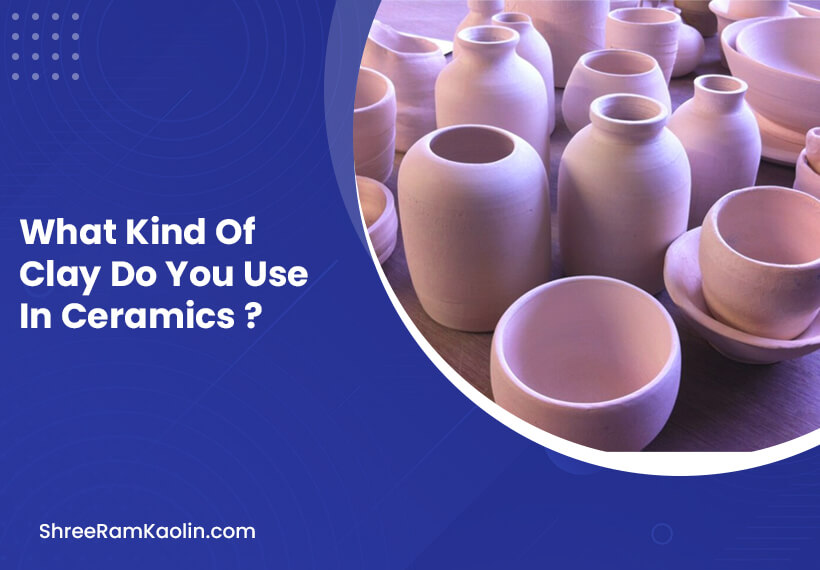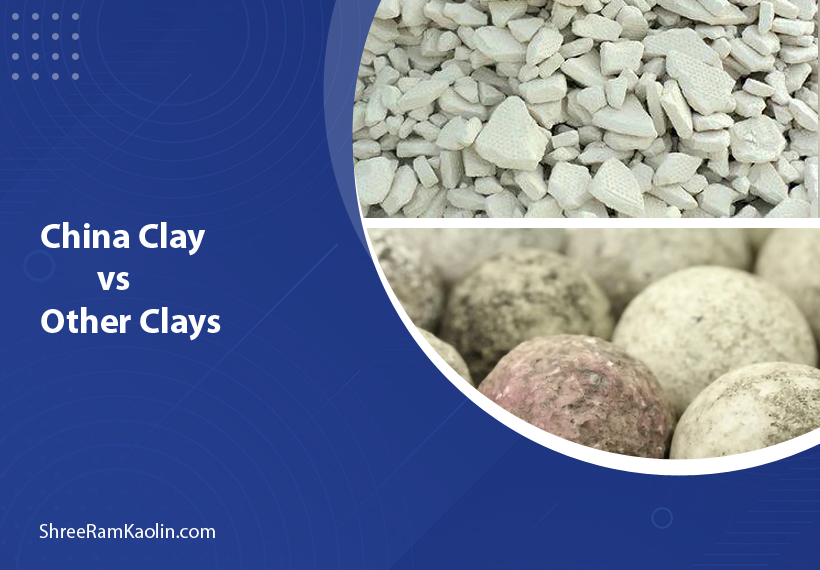Types of Clay for Pottery – The 5 Major Types of Ceramic Clay

If you’re a beginner in ceramics, you might be curious about the different types of clay for pottery. The abundance of information on this topic can be overwhelming, so I’m here to summarize the main distinctions.
Have you ever marveled at the exquisite pottery pieces displayed in museums or adorning the shelves of your favorite home decor stores? Each piece is seemingly infused with magic that captivates your gaze. But have you stopped to wonder what lies beneath that breathtaking glaze?
The answer, my friend, lies within the clay. Yes, the very foundation on which those awe-inspiring masterpieces are built.
Today, we embark on a journey into the world of ceramic clay, where we unravel the secrets of its various types, enabling you to unleash your inner artist and create pottery that will leave the world spellbound.
Get ready to immerse yourself in the fascinating realm of clay and discover the true essence of pottery.
Ceramic clay is a versatile material widely used in pottery, known for its ability to be molded and transformed into beautiful and functional objects.
Clay consists of minerals such as silica, alumina, and water derived from the earth’s crust. Due to its composition, clay is highly plastic, meaning it can be easily shaped when moist.
Once fired in a kiln, clay becomes durable and hard, making it suitable for various applications.
Stay tuned for our upcoming blog posts, where we explore the different types of clay for pottery.
Understanding Clay Properties
Are you a pottery enthusiast looking to explore the world of ceramics? Understanding the different types of clay used for pottery is a crucial step in embarking on this creative journey.
In this blog post, we will delve into the 5 major types of ceramic clay and outline their unique properties.
We will begin by exploring the concept of plasticity and workability, essential qualities that determine how malleable the clay is. Following this, we will delve into the topic of porosity and shrinkage, which play a vital role in pottery’s drying and firing stages.
Lastly, we will touch upon firing temperature and range, an important consideration affecting your ceramic masterpiece’s final outcome. With these fundamental aspects covered, you will gain a deeper understanding of clay properties, enabling you to confidently create stunning pottery pieces. So, let’s dive in and explore the fascinating world of clay!
First, let’s consider color variations. Clay can range from white to shades of grey, brown, or red. These color variations result from the different minerals in the clay.
Texture and surface qualities are also important to consider. Clay can range from smooth and fine to coarse and gritty, depending on the size of the particles within the clay body.
The texture of the clay can greatly impact the finished piece’s appearance and feel. Finally, it is essential to consider glaze compatibility.
Different clays have varying degrees of porosity, which can affect how well a glaze adheres to the surface.
Some clays may require specific glazes or procedures to achieve the desired results. By understanding these clay properties, potters can make educated choices to create beautiful and functional pottery.
Different Types of Clay for Pottery
There are types of Ceramic Clay; here are a few of them:
1. Earthenware Clay
Earthenware clay is one of the most widely used and easily accessible types of clay for pottery. It possesses distinct characteristics that make it ideal for various applications.
The primary characteristic of earthenware clay is its low firing temperature, typically ranging from 1,800 to 2,300 degrees Fahrenheit. This makes it perfect for firing in low-temperature kilns, including wood-fired and electric kilns.
Additionally, earthenware clay has a high level of plasticity, allowing it to be easily manipulated and shaped by hand or on the potter’s wheel.
Red Earthenware is one of the most popular types of earthenware clay. Its vibrant red color results from the iron content in the clay.
Red Earthenware is often used for creating decorative or functional pottery items, such as vases, tiles, and plates. Its lower firing temperature makes it suitable for creating intricate and delicate designs. It is important to note that Red Earthenware is typically porous and, therefore, unsuitable for liquid use.
Another commonly used type of earthenware clay is Terra Cotta. Terra Cotta refers to a range of red or brown earthenware clays fired at low temperatures.
Terra Cotta clay is known for its rich earthy hues and is often used for craft projects, sculptures, and flower pots. This clay is often appreciated for its rustic and natural appearance, which adds character to finished pottery pieces.
Earthenware clay, including variants such as Red Earthenware and Terra Cotta, offers a versatile medium for potters. Its low firing temperature and high plasticity make it popular for creating functional and decorative pottery pieces.
Whether creating vibrant red pottery or rustic terracotta sculptures, earthenware clay provides endless possibilities for artists to unleash their creativity.
2. Stoneware Clay
Stoneware clay is one of the most popular options in the pottery community, known for its durability and versatility. Stoneware clay is fired at high temperatures, producing a dense, sturdy finished product.
This type of clay is commonly used for creating functional items such as dinnerware, vases, and bowls. It is also popular for pottery artists who want to experiment with various glazes and surface treatments. Examples of high-firing stoneware clay include B-Mix and Grolleg Porcelain Stoneware.
These clays are known for their excellent thermal shock resistance and smooth texture, making them ideal for intricate and delicate pottery designs. With their strength and beauty, stoneware clays offer endless possibilities for both beginner and experienced potters.
Whether creating a set of plates for everyday use or a unique sculptural piece, stoneware clay is a reliable and versatile choice.
3. Porcelain Clay
One commonly used type is porcelain clay, famous for its delicate and translucent appearance. Porcelain clay is known for being exceptionally smooth and fine, making it ideal for creating intricate details and thin-walled vessels.
It is often used for creating fine china and delicate figurines. China clay, also known as kaolin, is a type of porcelain clay highly prized for its purity and workability.
It is particularly popular for creating white porcelain and fine tableware due to its bright white color and ability to hold intricate shapes.
4. Ball Clay
Ball Clay is a type of clay commonly used in pottery due to its unique characteristics. It is known for its plasticity, which can easily be molded into various shapes and forms.
Ball Clay derives its name from its original use in making balls for the game of bowls. It has a high proportion of fine particles, making it highly workable and easy to manipulate. This type of clay also has a high degree of shrinkage when fired, resulting in reduced dimensions and increased final product strength.
Ball Clay is commonly used in the production of ceramics, particularly pottery, due to its ability to enhance plasticity and improve the strength of the clay body. Its fine particles act as a binder, strengthening the structure of the pottery.
Furthermore, Ball Clay is often added to porcelain to improve its workability and plasticity. Additionally, Ball Clay is frequently used to manufacture sanitary ware, tiles, and even electrical insulators due to its unique properties. Ball Clay is a versatile and highly valuable clay type commonly used in various ceramic applications.
5. Fire Clay
One of the major types of ceramic clay is fire clay. Known for its high heat resistance, fire clay is ideal for creating objects subjected to intense heat, such as fireplaces, kilns, and ovens.
Its unique composition, containing high levels of alumina and silica, allows it to withstand extreme temperatures without cracking or melting.
Fire clay is also non-reactive and has low shrinkage, making it a popular choice for refractory applications. In addition to its heat resistance, fire clay is highly plastic, making it easy to shape and mold. This characteristic, combined with its ability to be fired at high temperatures, produces a strong and durable finished product.
The common uses of fire clay extend beyond refractory applications, with many potters utilizing it for creating functional and decorative pottery pieces. From teapots and vases to sculptures and tiles, fire clay provides versatility and reliability for potters of all levels.
How to Choose the Right Clay for Your Project?
A few factors you need to choose the correct clay for your projects; here are the details:
Understand your project – Determine what you will be using the clay for. Are you making pottery, sculptures, or jewelry? Different types of clay are better suited for different projects, so knowing the specific purpose will help you narrow down your options.
Research clay types: There are various types of clay, such as Earthenware, stoneware, porcelain, and polymer clay. Each type has different characteristics and firing temperatures, so research and understand the properties and requirements of each before making a decision.
Consider the firing method: If you plan on firing the clay in a kiln, you must choose a clay compatible with your firing temperature. Stoneware and porcelain clays can withstand higher firing temperatures than earthenware clay. Choose a clay that doesn’t require firing if you want to work with air-dry clays.
Consider the durability: Some clays are more durable than others. If you’re creating functional items like dinnerware or plant pots, you will want strong clay that is less likely to crack or break. Stoneware and porcelain clays are known for their durability.
Consider the texture: Different clays have different textures when worked with. Some clays are smooth and easy to manipulate, while others may have a rougher texture. Consider which texture will work best for your project and personal preference.
Experiment: If you are unsure which clay to choose, don’t be afraid to experiment with different types. Purchase small quantities of different clay types and test their characteristics. This way, you can get hands-on experience and decide which suits your project best.
Seek advice from experts: If you’re still unsure about which clay to choose, consider seeking advice from experienced ceramic artists, pottery instructors, or art supply stores. They can provide valuable insights and recommendations based on their expertise.
Ultimately, the right clay for your project will depend on your specific needs and preferences. Researching, experimenting, and seeking advice will help you choose the most suitable clay for your project.
Conclusion
In the vast world of pottery, understanding the different types of clay is akin to unlocking a world of creative possibilities. Each clay type has unique characteristics, bringing diverse textures, colors, and finishes to your creations.
From sturdy and versatile stoneware to delicate and ethereal porcelain, every choice you make influences not only the appearance but also the functionality of your pottery.
By exploring the five major types of ceramic clay – Earthenware, stoneware, porcelain, ball clay, and Fire Clay – you can shape your artistic expression and push the boundaries of your craft.
So, fellow pottery enthusiasts, seize this knowledge and let your imagination soar as you plunge into the intriguing universe of clay.
Embrace the distinct qualities of each type, experiment, and dare to redefine what is possible with your hands. Remember, the possibilities are endless when clay becomes your muse.

